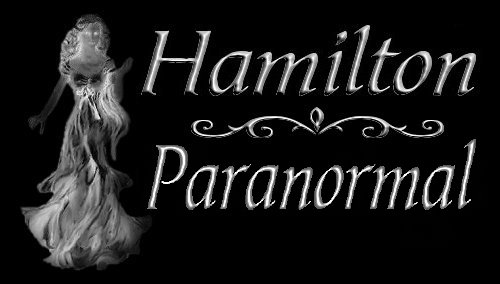 (A suburb of Hamilton) July 7th, 2004 12:18 AM 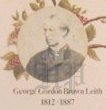 Captain George Gorden Brown Leith (1812-1887) was the third owner of the Hermitage. He was born in Armagh Ireland and was the son of Major General Sir George Leith (1766-1842) who was the Adjutant General of the English Forces in Ireland. His grandfather was Sir Alexander Leith. Captain George and his father came over to Woodburn in Binbrook Township in 1834. His father bought a farm for George and then the father went back to Scotland. In 1842 George went to Endinburgh to marry Eleanor Ferrier the following year. He then brought his bride to Canada in 1843. Ten years later he bought the Hermitage with it's 400 acre estate on the Mineral Springs Road Lots 41/1 and lot 42/1. It was here he lived as a country gentlemen until he died ..... His widow, Eleanor, lived there till her death in 1900, followed by their daughter Eleanor Alma, (Mrs. Stair Dick -Lauder) until her death in 1942.....  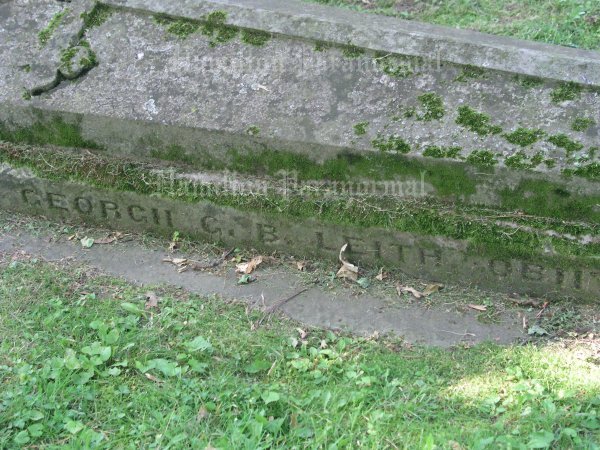 The final resting place of George Leith in row 10, lot 9, section B at St. Johns Church, located at Halson and Wilson Street in Ancaster , Ontario. 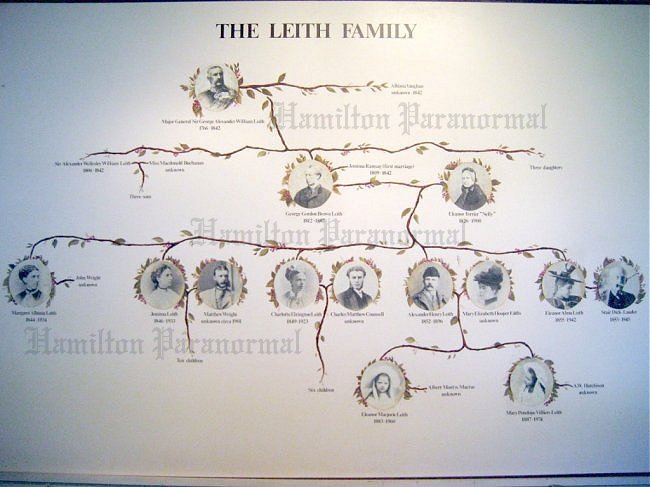  Alma Dick-Lauder was the fifth child of George Leith who purchased the Hermitage property from her family in 1902. Alma was a very interesting woman in a lot of ways. She loved to write articles about her home and the Ancaster area. Alma's literary career was much more modest. She seems to have begun her published writing with a letter to The Canada Farmer in 1866, when she was 12. Later in life , she was one of a series of local authors who wrote historical articles for the Hamilton Spectator which were later published in book form. It was in her unpublished diaries however that the voice of this remarkable woman is heard most clearly. There are loving descriptions of her home and the beauty of the Dundas Valley, her delight in local gossip and the foibless of the people of Ancaster. There is her sense of isolation from the community after her husband, Stair Dick-Lauder, moved to Toronto. There are glimpses of an increasing eccentricity, when she prefers the company of her pets and farm animals to that of her neighbors. Her background had prepared her to take a place in the best society of the day, both in the genteel village of Ancaster, and in the wealthy industrial society of Hamilton. As the fifth child of wealthy and cultured parents, she was spoiled and petted until she decided to marry Stair Dick-Lauder, the grandson of a Scottish Earl, against their wishes. The Dick-Lauder marriage proved not to be a happy one, and Alma remained week after week alone in Ancaster after Stair had moved to Toronto. One of the happiest events of her life must have been the move back to her parents' home, The Hermitage, even after the sadness of her mother's death in 1900. This lovely property, built in the 1850s was a constant joy to her: Her childhood was spent in happiness there, and so were her declining years. She died inside the ruins of the mansion in 1942. Alma's earliest surviving letter is addressed to the editor of The Canada Farmer, asking for advice about her poultry. It was published in July, 1866, when she was under 12 years old: We have great advantages in the way of raising poultry, our hens having a good run in two meadows, a small orchard, a drying green, yard and a fine wood. The wood, however is rather objectionable, as it is rather frequented with foxes, who have more than once made inroads on my hen house, to my great grief and indignation. While Alexader, Alma's brother, was sent to join the Royal Navy at the age of 13, the Leith sisters seem to have been educated at home by their mother, aunt and governesses. Alma was also sent to Hellmuth Ladies' College in London, Ontario, from 1870-1871. She pleaded to come home and her parents brought her back to Ancaster. While her formal training was liekly over at age 16, she had been taught a love of books and writing. Her favorite walks took her into the woods, fields and marshes belonging to neighbouring farmers. Winter and summer she went for walks with her dogs, commenting on everything from milkweed pods to partridges - "I forget what they call them in this country". Not only did these solitary walks allow her to describe the Dundas Valley in its various colours and aspects, but they gave her opportunities to express her loneliness: In 1900, Mrs George Leither died, predeceasered by both her husband and her son Alexander. The Hermitage, which had grown shabby and neglected-looking during the past decase, when it was occupied by Alexander and his family, was to be divided amongst the heirs. Alma purchased her sisters' shares and moved onto the estate the next year. She wrote of her many plans for the land - raising sheep and cattle, quarrying stone, selling timber - all of which would put her on a secure financial footing. Unfortunately, nothing worked very well and a niece, Mary Speiden, had to redeem the mortgage in 1917. Many local people remember her peculiar way of life in her later years. There are stories of tea parties in the faded elegance of the drawing-room, where guests, cats and chickens partook of their meals together. On one occasion, Me Too, her prized Arabian horse, walked into the hall to accept a handful of sugar. On another, at a dinner party, a rooster perched on the dining-room mantel, flew into the compote of pudding, which was served for dessert anyway. She also owned a beautiful Arbian Horse named "Me Too". When she was younger, Mrs. Lauder was noted as one of the finest riders in Canada. She usually kept "Me Too" tied to a mulberry tree that was located on the front yard of the Hermitage. When "Me Too" died Mrs. Dick-Lauder had the horse buried under the mulberry bush on the front yard. A local historian told us of the fire that destroyed the Hermitage Mansion belonging to Alma Dick-Lauder. The Griffin boys who lived down the street worked for Alma and had gone along the rail line picking up coal to warm the Hermitage. Only the best coal was used on this day as Alma was having a tea party in the downstairs parlor. Unknown to anyone, the thimble on the chimney upstairs in the front bedroom had fallen off allowing the sparks from the roaring fire to escape onto the carpet which quickly caught fire.The fire went unnoticed by anyone in attendance at the tea party until one of the guests excused themselves to go to the privy. It was quickly brought to everyone's attention but by this time it was too late to save the house.  The Hermitage mansion was completely destroyed by fire on October 10th, 1934. Neighbours salvaged many of the fine furnishings, paintings and books, and for several weeks the octogenarian lived in a tent on the lawn. A small house was built for her inside the ruined stone walls, and here she lived until her death. 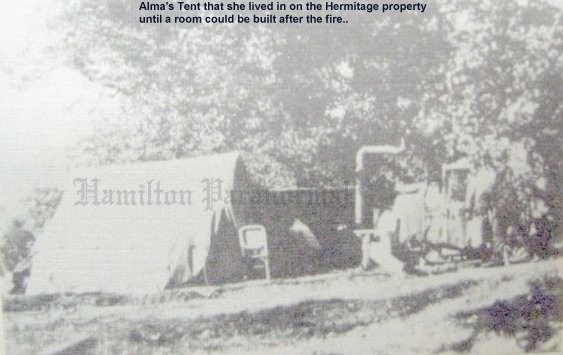 Above is the photo where Alma had lived in a tent at the back of the Hermitage mansion after it was destroyed by fire. 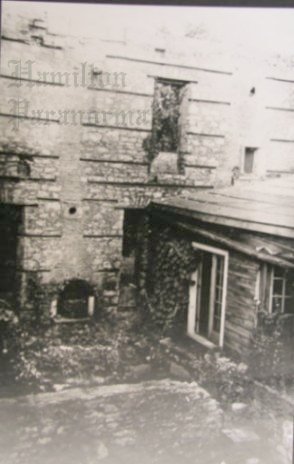 
Revised Hermitage History (1) Revised Hermitage History (2) Revised Hermitage History (3) April/2002 August/2003 (1) August/2003 (2) Oct 7/2003 October 18/2003 (1) October 18/2003 (2) November 21/2003 (1) November 21/2003 (2) November 21/2003 (3) November 21/2003 (4) November 22/2003 November 23/2003 (1) November 23/2003 (2) January 1/2004 (1) January 1/2004 (2) September 30/2005    |